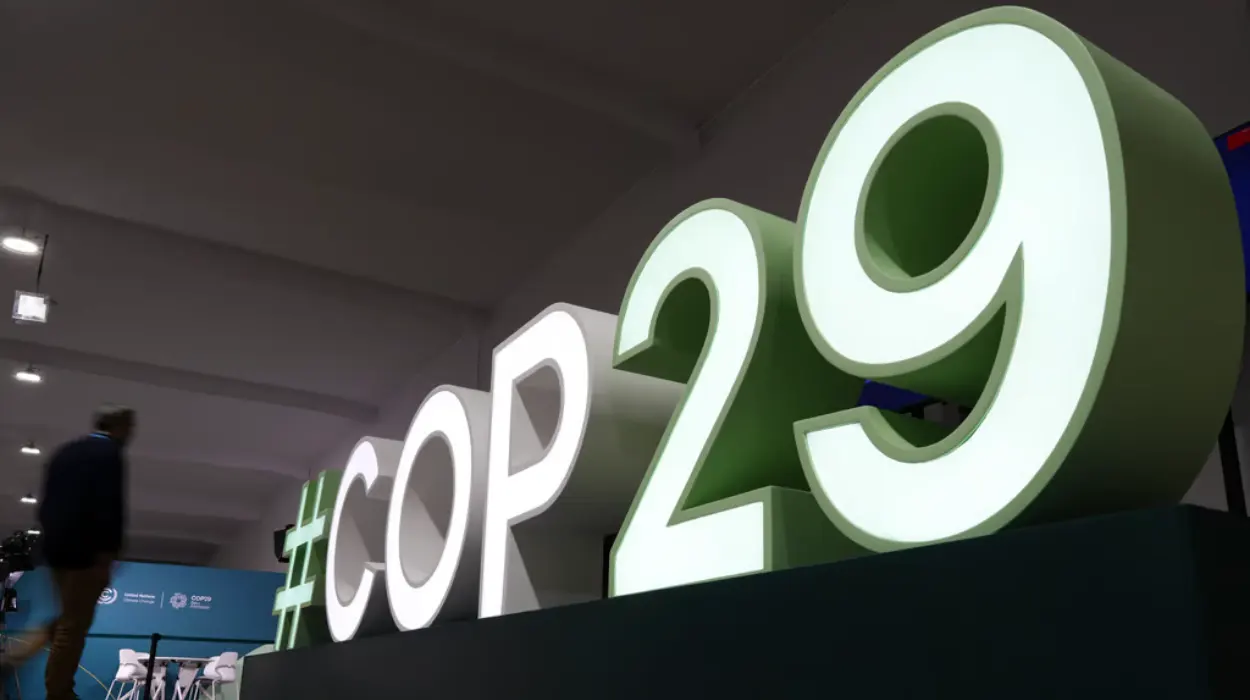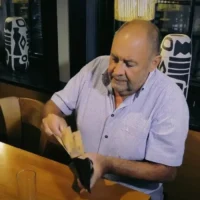Baku (Brussels Morning Newspaper) – The EU’s climate envoy condemned a new draft deal that will form the basis of any deal advanced at United Nations climate talks in Azerbaijan as “unworkable”.
Reuters reported that division and dissatisfaction were evident at the United Nations climate summit in Baku, initiated by a proposal for a fresh global finance deal which presented two vastly different options and left no one satisfied as the closing deadline neared.
What are the main disagreements hindering a deal at COP29?
Generally, the fundamental purpose of COP29 is to agree on how much capital richer developed countries should deliver to poorer developing ones to assist them fight climate change, a critical plank in efforts to restrict the damage caused by rising global temperatures. Based on current developments getting a deal on the money has demonstrated slow going at the discussions in Azerbaijan’s capital, and the latest draft of the negotiating text reached several hours behind the agenda as delegates entered, in theory, the closing 48 hours.
The summit set to conclude on Friday but widely anticipated to overrun the new document showed much remains uncertain on key questions, such as what counts towards the annual figure, who settles and how much.
“The text we now have… is imbalanced, unworkable and unacceptable,” stated European Union climate commissioner Wopke Hoekstra. He demanded more leadership from Azerbaijan’s COP29 presidency, which took control of the negotiating approach in the final days and compiled the new texts.
Panama’s lead negotiator, Juan Carlos Monterrey Gómez, stated: “All of this is turning into a tragic spectacle, a clown show because when we get to the last minute, we always get a text that is just so weak.”
What challenges are delegates facing in reaching a climate agreement?
According to estimates, developing countries require at least $1 trillion a year by the end of the decade to cope with climate change. Although the 10-page document was slimmed to less than half the size of the previous arrangement by stripping out some options, it summed up the opposing standings of blocs of developed and developing nations established before the event.
One concentrated on ensuring the funds were grants or grant-equivalent in form, and that assistance from developing countries to each other a nod to large potential donors such as China was not formally part of the threshold. The other, repeating the standing of richer countries, aimed to widen the types of finance that count toward the final annual goal, not just grants from developed countries, and included assistance from others.



